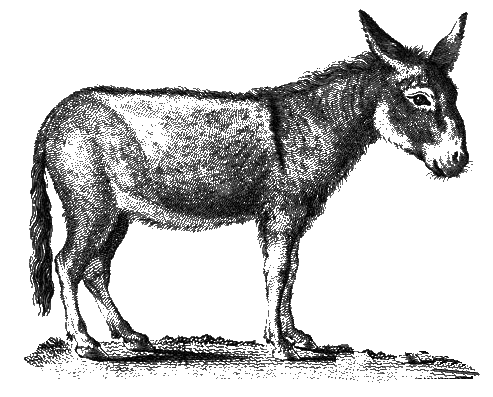
Saint Ita

The three things that most displease God are a mouth that hates people, a heart harboring resentments, and confidence in wealth. ~ St. Ita
Íte ingen Chinn Fhalad (d. 570/577), also known as Ita, Ida or Ides, was an early Irish nun and patron saint of Killeedy (Cluain Credhail). She was known as the "foster mother of the saints of Erin". The name "Ita" ("thirst for holiness") was conferred on her because of her saintly qualities. Her feast day is 15 January.
Saint Ita is an interesting women. Born at Decies, Co. Waterford she refused to be married, and secured her father's permission to live a virginal life. St Ita was said to embody the six virtues of Irish womanhood – wisdom, purity, beauty, musical ability, gentle speech and needle skills. Many extravagant miracles were attributed to her. In one of them she is reputed to have reunited the head and body of a man who had been beheaded; in another she lived entirely on food from heaven.
Ita, called the "Brigid of Munster", was born in 480 in the present County Waterford. Her father was Cennfoelad or Confhaola and her mother was Necta. Cennfoelad was descended from Felim the lawgiver, King of Tara. An account of her life in the Codex Kilkenniensis, follows the example of Brigit in describing the opposition Íte meets in pursuit of her vocation. Genealogies of the saints go so far as to make Íte's mother, Necht, a daughter of Dallbrónach, and therefore a sister of Brigit's mother.
She was baptised as Deirdre and grew up in Drum,County Waterford. Ita was said to embody the six virtues of Irish womanhood – wisdom, purity, beauty, musical ability, gentle speech and needle skills. She is also reported to have rejected a prestigious marriage for a life as a consecrated woman religious. At the age of sixteen she moved to Cluain Credhail, a place-name that has ever since been known as Killeedy – meaning "Church of St. Ita" – in County Limerick, where she founded a small community of nuns and resided for the remainder of her life, in community with other consecrated women. Bishop Declan of Ardmore conferred the veil on her. Legend has it that Ita was led to Killeedy by three heavenly lights. The first was at the top of the Galtee mountains, the second on the Mullaghareirk mountains and the third at Cluain Creadhail, which is nowadays Killeedy. Her sister Fiona also went to Killeedy with her and became a member of the community.
A strongly individualistic character is glimpsed in the stories that surround her life. When she decided to settle in Killeedy, a chieftain offered her a large grant of land to support the convent. But Ita would accept only four acres, which she cultivated intensively. The community group seems to have had a school for little boys where they were taught "Faith in God with purity of heart; simplicity of life with religion; generosity with love". Her pupils are said to have included Saint Brendan, whom Bishop Erc gave to Ita in fosterage when he was a year old. St. Ita kept him until he was six.
The great Navigator visited her between his voyages and always deferred to her counsel. Brendan is believed to have asked her what three things God loved best. "True faith in God and a pure heart, a simple life with a religious spirit and open-handedness inspired by charity," she answered. The three things God most detested were a scowling face, obstinacy in wrongdoing, and too great a confidence in the power of money.
She dedicated herself to prayer, fasting, simplicity and cultivating a gift for spiritual discernment. She was also endowed with the gift of prophecy and was held in great veneration by a large number of contemporary saints, men as well as women. Ita was said to have a gift for guiding people in holiness. She was much sought after as a spiritual director. During this period of Christianity, the Celtic Church was more advanced than other churches at the time in recognizing qualities of spiritual leadership in women and in encouraging women in this role. It is thought that Ita may have been abbess of a double monastery of men and women.
Her legend places a great deal of emphasis on her austerity, as told by St. Cuimin of County Down, and numerous miracles are recorded of her. She is also said to be the originator of an Irish lullaby for the infant Jesus, an English version of which was set for voice and piano by the American composer Samuel Barber. She probably died of cancer, though contemporary chroniclers describe how her side was consumed by a beetle that eventually grew to the size of a pig – understandable given the early medieval conflation of sanctity and suffering. When she felt her end approaching she sent for her community of nuns, and invoked the blessing of heaven on the clergy and laity of the district around Kileedy. Ita died sometime around 570.
Legend of Saint Ita's Donkey
One day she was riding on her donkey and he was lame. When she looked at his hoof she found a thorn. She pulled it out and stuck it in the ground, and a bush grew up and all its thorns grew down .
If you persevere unhindered in meditation and prayer to the blessed Trinity, God will be ever with you. ~ St. Ita


